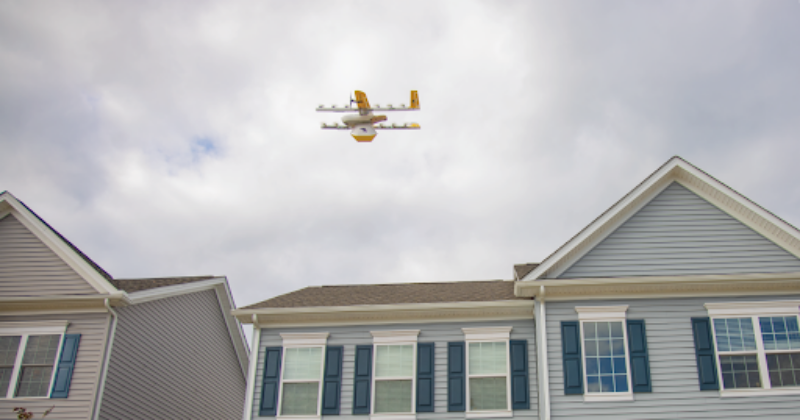Wing recognizes the hard work of the Department of Transportation and the Federal Aviation Administration (FAA) to complete rulemakings on unmanned aircraft remote identification and operations over people. For the United States to safely and responsibly realize the broad benefits and most helpful uses of unmanned aircraft, the FAA’s regulatory framework needs to continue to evolve.
Remote identification (RID) is a crucial technology that can provide the identity and location of a drone, validate transparent and safe operations for governments, law enforcement, community members and operators alike. With this rulemaking the FAA had an opportunity to lead the world by adopting performance-based, technology-neutral remote identification regulations that support safety, privacy, inclusivity, and the widespread use of drones in the United States.
Unfortunately, the final rule, unlike existing international standards, does not allow the use of equally effective network remote ID, and requires all UAS, no matter the use case, to use “broadcast” RID. This approach creates barriers to compliance and will have unintended negative privacy impacts for businesses and consumers. Unlike traditional aircraft flying between known airports, commercial drones fly closer to communities and between businesses and homes. While an observer tracking an airplane can’t infer much about the individuals or cargo onboard, an observer tracking a drone can infer sensitive information about specific users, including where they visit, spend time, and live and where customers receive packages from and when. American communities would not accept this type of surveillance of their deliveries or taxi trips on the road. They should not accept it in the sky.
Over the next 18 months, we urge the FAA to expand the pathways by which an operator can comply with the FAA’s remote ID requirements, enabling compliance through broadcast or network technologies.
The commercial drone industry has successfully demonstrated how “network” technologies meet the required RID elements of the FAA’s rule while protecting sensitive customer information. This method of RID leverages the internet — the most ubiquitous technological tool of our time — to share a drone’s location and identity information, like a license plate number, with anyone who has access to a cell phone or web browser. This allows a drone to be identified as it flies over without necessarily sharing that drone’s complete flight path or flight history, and that information, which can be more sensitive, is not displayed to the public and only available to law enforcement if they have proper credentials and a reason to need that information.
In addition to privacy impacts, exclusion of a network RID in the final rule has critical implications for the creation of a scalable approach to unmanned traffic management (UTM). A federated UTM is a critical enabler of scaled drone operations and will be necessary for a thriving drone industry. Network RID could be a key building block for this UTM system.
However, we were pleased to see the FAA make changes in the rule to respond to the feedback of tens of thousands of recreational flyers.
With 1.2 million hobby drones already registered in the U.S., hobbyists, model aircraft builders/operators and educators will continue to be a gateway for millions of people into the world of aviation. They are critical to the future of aerospace innovation, and we encourage the continued support of this community.
We hope the FAA and broader Administration will consider the many ways that drones will be used in the future and recognize and respect the privacy rights of Americans who rely on this technology. We also hope the FAA and broader Administration will continue its commitment to working with industry to develop a federated UTM. We look forward to working with the FAA and broader Administration as they implement the Remote ID rule and future rules enabling scaled drone operations.
Source: Wing

